Challenges of Labor Costs and Automation
In today's rapidly evolving economic landscape, businesses face the dual challenges of escalating labor costs and the pressing need for automation. This dynamic is reshaping industries across the globe, demanding innovative solutions to remain competitive and sustainable.
Rising Labor Costs: A Pressing Concern
Labor costs have been a perennial concern for businesses, but recent trends have exacerbated this issue. Several factors contribute to rising labor expenses:
Minimum Wage Increases: Across many regions, there have been significant hikes in minimum wages. While beneficial for workers, these increases put pressure on businesses, particularly small and medium enterprises, to manage their budgets effectively.
Talent Shortages: In certain sectors, there is a high demand for skilled labor, leading to increased wages as companies compete to attract and retain top talent.
Regulatory Changes: Enhanced worker protections and benefits, though crucial for employee welfare, add to the overall cost of labor.
The Need for Automation
As labor costs rise, businesses are increasingly turning to automation as a viable solution. Automation offers several benefits that help mitigate the impact of high labor costs:
Efficiency and Productivity: Automated systems can operate 24/7 without breaks, significantly boosting productivity and reducing downtime.
Cost Savings: While the initial investment in automation technology can be substantial, the long-term savings from reduced labor costs, minimized errors, and increased output are considerable.
Quality and Consistency: Automation ensures consistent quality in production, which is essential for maintaining brand reputation and customer satisfaction.
Balancing Act: Integrating Automation with Workforce Development
Despite the clear advantages of automation, it also presents challenges, particularly concerning employment. The transition to automated processes can lead to job displacement, especially for low-skilled workers. Therefore, a balanced approach is essential:
Reskilling and Upskilling: Companies should invest in training programs to help their workforce transition into new roles that automation creates. This not only aids in job retention but also ensures that employees are equipped to handle advanced technological tools.
Collaborative Robots (Cobots): Unlike traditional robots, cobots are designed to work alongside human workers, enhancing their capabilities rather than replacing them. This collaborative approach can ease the transition to an automated workplace.
Government and Policy Support: Policymakers must create frameworks that support both businesses and workers during this transition. Incentives for companies investing in automation and worker retraining programs can facilitate smoother adaptation.
Current Unemployment Trends in the US
While automation is becoming increasingly necessary, it’s important to consider current unemployment trends in the US. High unemployment rates can influence labor costs and the urgency for automation. As of the latest data, some states with the highest unemployment rates include:
California: Known for its diverse economy, California faces challenges in certain sectors, particularly hospitality and tourism, which were heavily impacted by the pandemic.
Nevada: With a significant portion of its economy reliant on the gaming and entertainment industries, Nevada has experienced high unemployment rates.
New York: Similar to California, New York's hospitality and service industries have been hit hard, contributing to its high unemployment rates.
For more detailed information on state-specific unemployment rates, you can refer to resources like the U.S. Bureau of Labor Statistics and recent reports on state employment trends.
Conclusion
The interplay between rising labor costs and the need for automation is a defining challenge for modern businesses. By strategically integrating automation while supporting workforce development, companies can navigate this complex landscape effectively. Policymakers and business leaders must collaborate to ensure that the benefits of automation are realized without disproportionately impacting the workforce. The goal is to create a sustainable, efficient, and inclusive economy for the future.

